
Xplor reconnects kids to nature and helps them find adventure in their own backyard. Free to residents of Missouri.


































Stay in Touch with MDC news, newsletters, events, and manage your subscription

Xplor reconnects kids to nature and helps them find adventure in their own backyard. Free to residents of Missouri.

A monthly publication about conservation in Missouri. Started in 1938, the printed magazine is free to residents of Missouri.
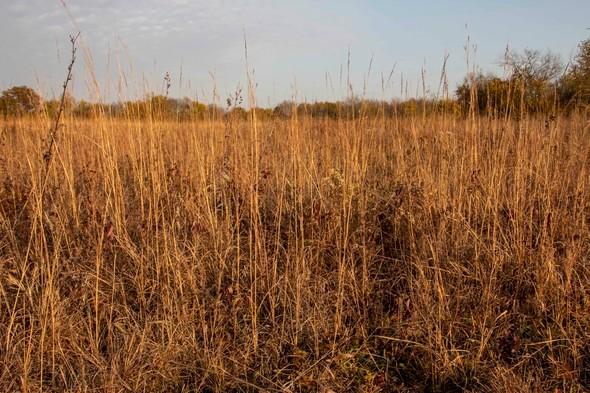
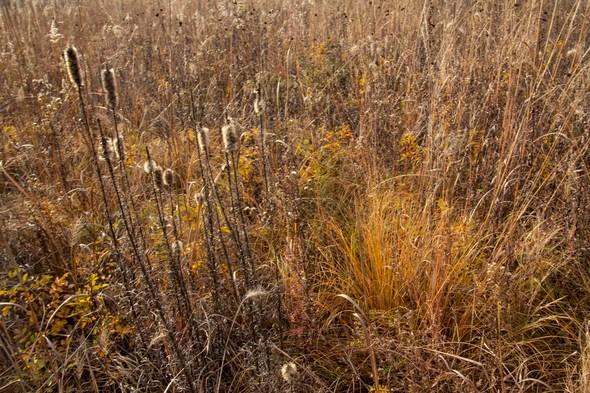

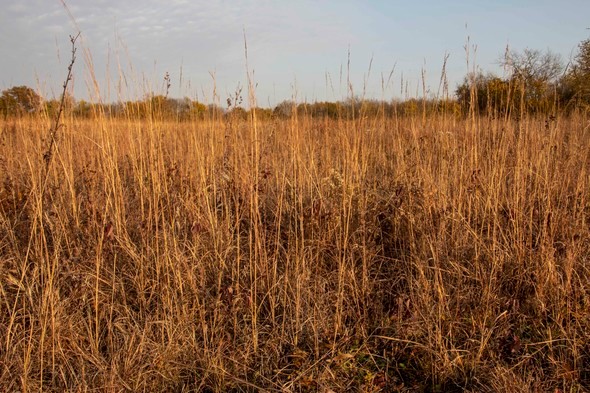
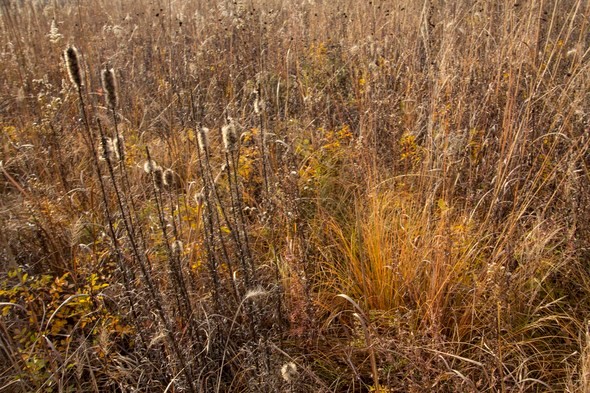
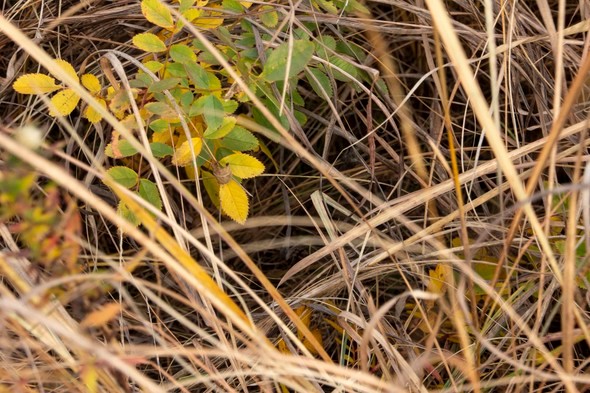
Kansas City, Mo. – Autumn is a fine time to hike on native, unplowed prairie remnants. Warm-season grasses have turned reddish gold or brown. Seed heads, stalks, and leaves on wildflowers signal which species made a stand in the diverse and rich mix of prairie plants. The Missouri Department of Conservation (MDC) has added a new place for hikers to explore a virgin prairie remnant. The Dr. Harry and Lina Berrier Memorial Conservation Area south of Freeman in western Cass County has oak and hickory woodlands, but also an especially valuable gem. A large unplowed prairie patch is on the south portion of the area.
Limestone is close to the surface or even visible in places, which is why the patch was never plowed. MDC will now preserve and enhance the remnant and adjoining acres. Less than one half of one percent of Missouri’s original tallgrass prairie remains. Unplowed prairie remnants are valuable. They have tremendous plant diversity. Prairie grasses and wildflowers serve wildlife and pollinators well. Prairie soils have nutrients, microscopic organisms, and ecosystems that can help modern science develop profitable practices ranchers can use for grassland management.
Acquisition and preservation of this prairie remnant was made possible for MDC with the help of the Dr. Harry and Lina Berrier Memorial Trust, the Burroughs Audubon Society of Greater Kansas City utilizing the Lena Feighner Conservation Fund, and the Missouri Prairie Foundation. The late Harry and Lina Berrier of Columbia were great advocates for native grasslands. They used proceeds from their barbecue sauce business to help preserve native prairie throughout Missouri.
The 105-acre Berrier Area can be found about six miles south of Freeman off Route O. A parking lot and a trail provide access. Only foot traffic is allowed. A trail from the parking lot leads up through a woodland to an opening on a hilltop, and the prairie is on the south slope of that hill.
Prairies remain life giving to wildlife in autumn. Bunched grasses are next to fading wildflower leaves and seed stems. Though dormant, they provide cover overhead and shelter in winter for grassland birds and mammals. Deer like to bed down in prairies. Native grasses are far warmer cover for wildlife in winter than non-natives such as fescue. Abundant seeds provide food. Dried leaf shapes and seed heads reveal species such as big bluestem, rattlesnake master, coneflower, and blazing star.
For more information about the Berrier Memorial Conservation Area, visit https://short.mdc.mo.gov/Ztm. To learn more about native prairie in Missouri, visit https://short.mdc.mo.gov/Zts.